Dental Services
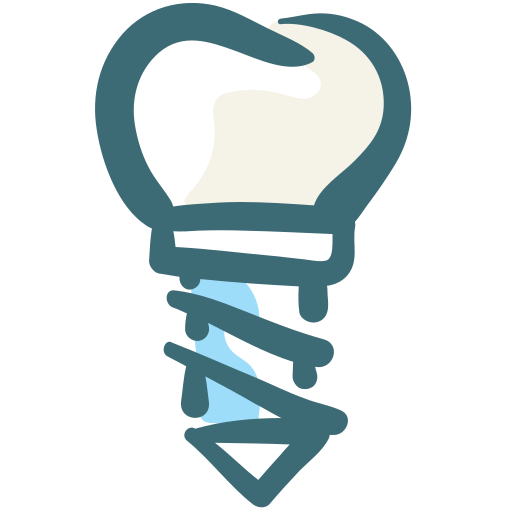
Signature Services
Dental implants and bone grafting

Many of our patients pick dental implants to help restore their smile, as the procedure is conservative, and with a very high success rate.
Implants create the most natural and life-like solution to a missing tooth. The result is virtually indistinguishable from your other teeth and you will likely feel completely normal afterwards.
We will perform necessary scans to first ensure you have plenty of healthy bone structure, but even if the bone is diseased or missing, it is still possible to perform bone grafting to make an implant viable!
Wisdom tooth surgery
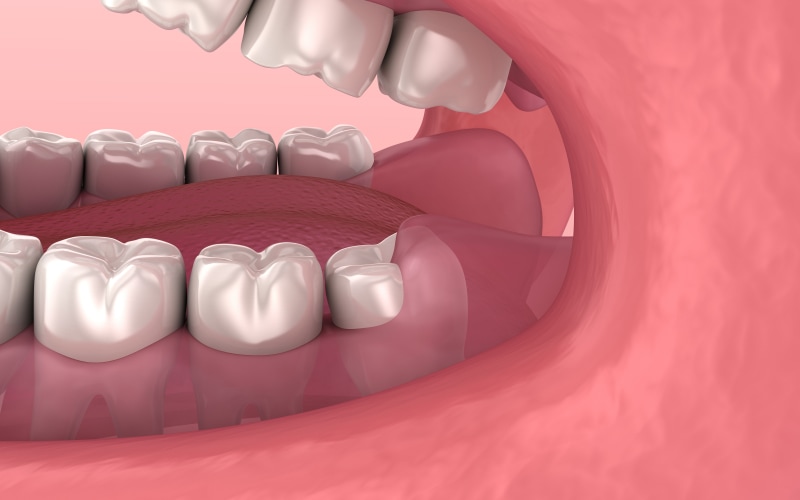
We won’t lie – wisdom teeth can be annoying. Sometimes, wisdom teeth grow through the gum, breaking the surface but not fully erupting. This can cause problems, including swollen or infected gum.
If your wisdom teeth grow into spots that make them difficult to clean, it may also increase the risk of decay and gum disease. If that’s the case, or if your wisdom tooth or the neighbouring tooth has already undergone decay, we may recommend extraction with the aid of a local anaesthetic. Don’t worry, we will always explain the options and recommend the right treatment plan based on your needs.
Painless computerised local anaesthesia
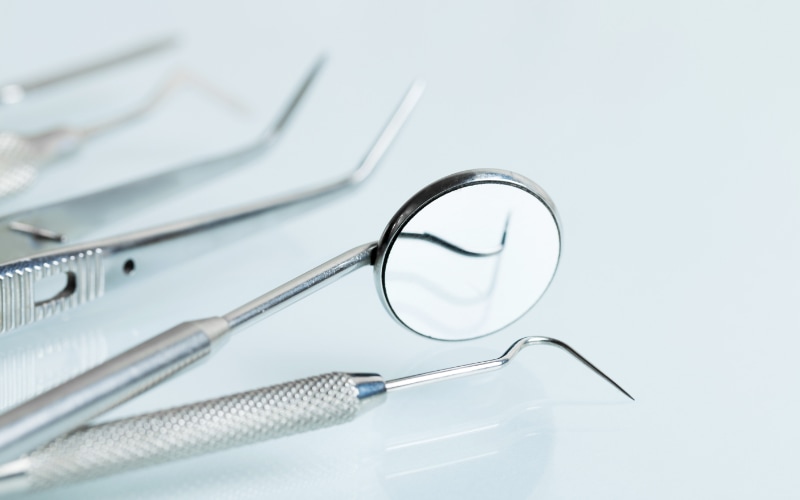
We understand that dental procedures often induce fear of pain. While anaesthesia is administered to reduce pain during different treatments, it may itself be a source of fear. At WE Dental Clinic, you may opt for the computer-controlled local anaesthetic delivery (CCLAD), that reduces your pain during local anaesthesia. This device slowly administers anesthetics by using a computerised device to control the injection speed.
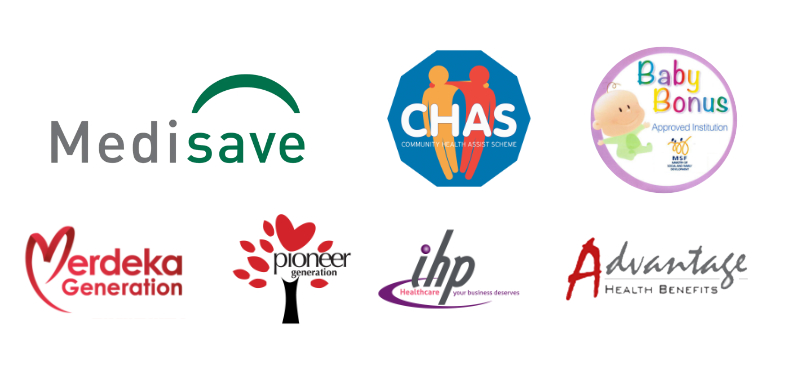
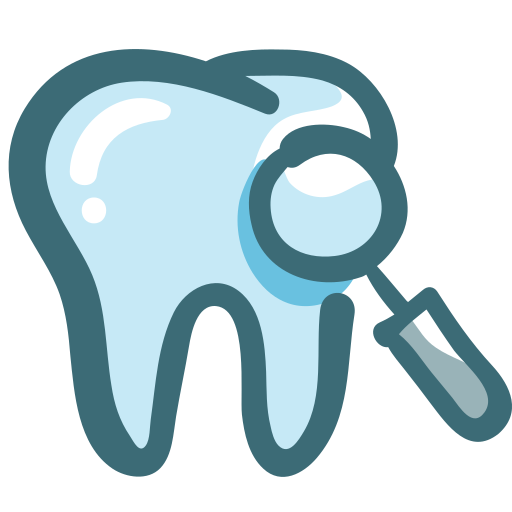
General Dentistry
General check-up and screening
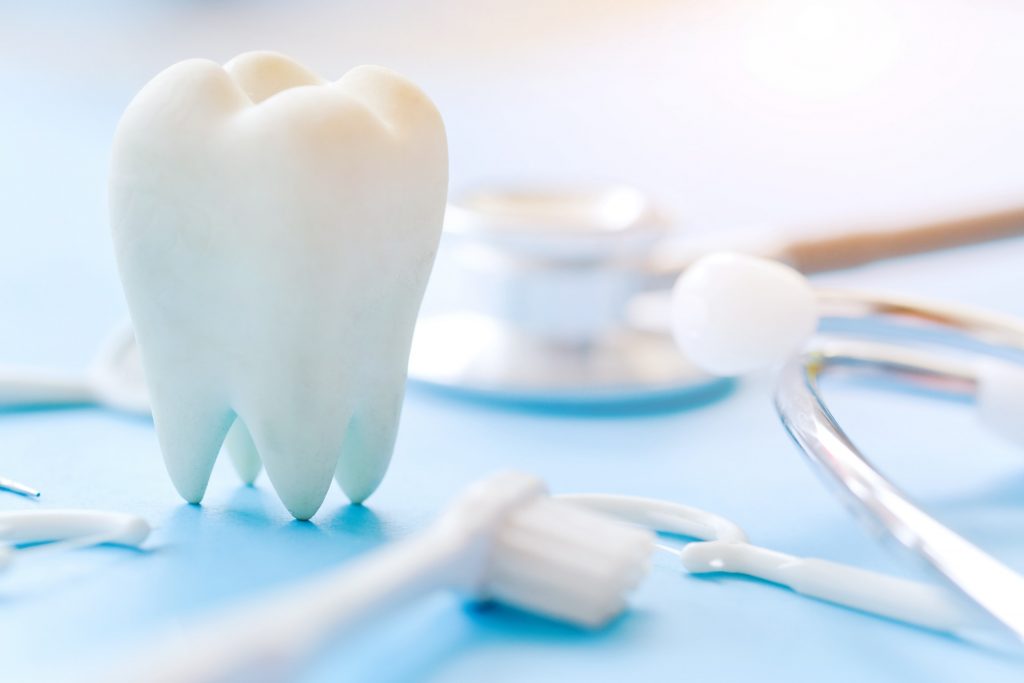
Dental check-ups, which involve a careful examination of your teeth (for cavities, plaque and tartar), gums and mouth, will help prevent minor issues from growing into major ones. Generally speaking, we recommend a check-up every six months, supported by a good routine at home to help to keep your mouth healthy. Is it time for a check-up?
X-ray and 3-D CBCT scanning
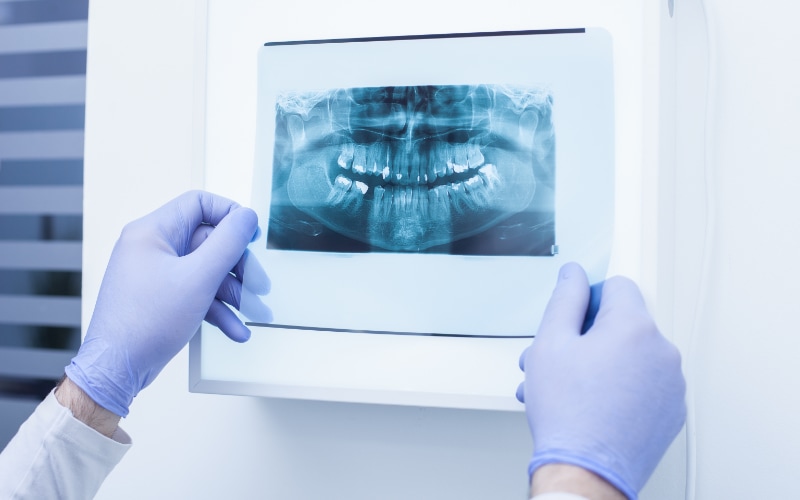
We will only recommend an X-ray scan when it is needed. What it does is it gives our dentists a much better view of your jaw, any decay between teeth as well as identifying any impacted teeth or abscesses on the roots of your teeth.
Dental Cone Beam Computed Technology (CBCT) is a unique type of X-ray equipment that produces 3D dental images of the jaws and teeth. They enable our dentists to see the exact shape of your bone tooth structure, as well as the details affecting the nerve pathways, soft tissues, bone health, and more. This will really help to minimise invasive treatments and optimise long-term dental health.
Paediatric Dentistry

While our dentists are dental surgeons, they also take a family-focused approach to have your little ones relaxed for check-ups and treatments in no time. In fact, our founder Dr. Benedict Wong is a father of three girls, so he knows a thing or two about making your kids giggle.
Something that might be of interest to your teens is our braces treatments, or Invisalign for those who don’t fancy traditional braces (we think they’re cute, though!)
Tooth extractions
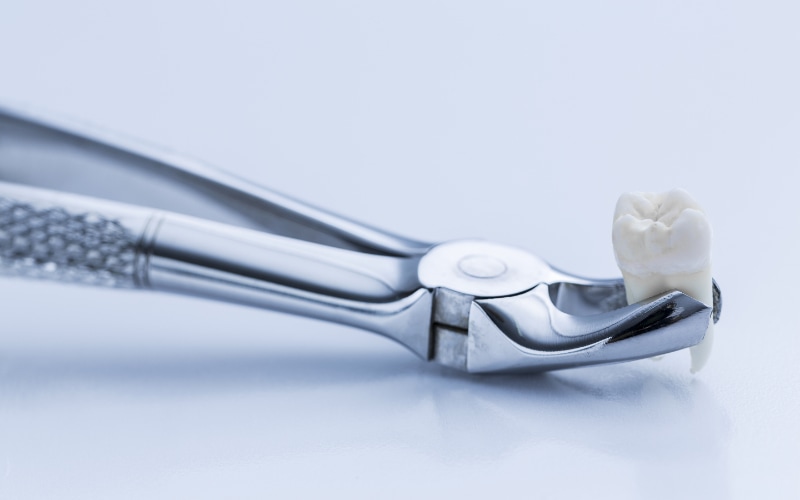
As much as possible, we prefer to save your natural teeth, but the truth is sometimes, if there is no way to save a tooth, then a removal may be necessary.
Endodontics or Root Canal Treatment

The most obvious sign that you may require an endodontic (or root canal) treatment is that your tooth hurts, which can be an excruciating one or a throbbing pain. The gum nearby may also be swollen and cause severe pain for an extended period of time.
These could be signs that your dental pulp has been infected, inflamed or the root of your tooth is contaminated by bacteria.
When our dentists perform a root canal treatment, your infected tooth or diseased pulp is carefully removed, along with any decayed sections of the damaged tooth. A very fine spinning file is then used to clean and shape the empty root canal where the pulp once was. The root canal is then treated with disinfectant to destroy any remaining bacteria. The final step is to fill and seal the root canal with a unique material called gutta-percha and then restore the tooth. Don’t worry, it is a common procedure and with modern anesthesia it is virtually pain-free.
Prosthodontics

Prosthodontic treatments are more than just your mouth and teeth, but also your general health, as well as fitting dental prosthetics to restore the look and function of your mouth. At WE Dental Clinic, we will recommend the right treatment plan that could be life changing.
This may involve replacing teeth with dental prosthetics such dentures and implants.

Cosmetic Dentistry
Braces and Invisalign

Contrary to many of our patients’ fear, braces do not hurt when they are applied to the teeth, but there will be mild soreness or discomfort after the bracket is engaged into the newly placed orthodontic wire, which should not last long – from a few days to a week.
The Invisalign looks like a traditional retainer, made of a thin, lightweight, clear plastic. This system is preferred by many adult patients as it is practically invisible, and it consists of a series of clear aligners, thin plastic trays that can be worn almost invisibly day and night but can be removed when eating, flossing or cleaning your teeth. It is usually changed every one to two weeks to achieve the required results.
Aesthetic Dentistry

It is not uncommon for patients to be unhappy with their gums resting too high or too low.
Apart from crowns, veneer, braces and Invisalign, we also offer aesthetic dentistry such as gum contouring procedures, during which our surgeons will reshape or re-sculpt your gumline, to complete your smile!
Crown, veneer and bridges

If your teeth have lost their shape or size, a dental crown may be needed. It is used when your tooth structure is damaged, fractured or misshapen. Crowns last 15 years on average, but we have seen much longer periods when they were properly taken care of.
A bridge is used when one or more teeth are missing; it’s supported by the adjacent teeth of edentulous area, it’s a non-surgical fixed prosthesis. For people who are not suitable for implant, good news – it is a great alternative.
Veneers are restorations added to the front surface of the tooth in order to correct discolouration, gaps between teeth, minor misalignment, chips, cracks or crooked teeth. They are also used to build up worn teeth to restore your natural-looking smile.
We offer a wide range of materials that answer different needs, including Emax All-ceramic, Zirconium, full metal and porcelain fused metal. There is always one that fits you.
Braces & Invisalign
Crown, veneer and bridges

If your teeth have lost their shape or size, a dental crown may be needed. It is used when your tooth structure is damaged, fractured or misshapen. Crowns last 15 years on average, but we have seen much longer periods when they were properly taken care of.
A bridge is used when one or more teeth are missing; it’s supported by the adjacent teeth of edentulous area, it’s a non-surgical fixed prosthesis. For people who are not suitable for implant, good news – it is a great alternative.
Veneers are restorations added to the front surface of the tooth in order to correct discolouration, gaps between teeth, minor misalignment, chips, cracks or crooked teeth. They are also used to build up worn teeth to restore your natural-looking smile.
We offer a wide range of materials that answer different needs, including Emax All-ceramic, Zirconium, full metal and porcelain fused metal. There is always one that fits you.
General check-up and screening

Dental check-ups, which involve a careful examination of your teeth (for cavities, plaque and tartar), gums and mouth, will help prevent minor issues from growing into major ones. Generally speaking, we recommend a check-up every six months, supported by a good routine at home to help to keep your mouth healthy. Is it time for a check-up?
X-ray and 3-D CBCT scanning

We will only recommend an X-ray scan when it is needed. What it does is it gives our dentists a much better view of your jaw, any decay between teeth as well as identifying any impacted teeth or abscesses on the roots of your teeth.
Dental Cone Beam Computed Technology (CBCT) is a unique type of X-ray equipment that produces 3D dental images of the jaws and teeth. They enable our dentists to see the exact shape of your bone tooth structure, as well as the details affecting the nerve pathways, soft tissues, bone health, and more. This will really help to minimise invasive treatments and optimise long-term dental health.
Dental implants and bone grafting

Many of our patients pick dental implants to help restore their smile, as the procedure is conservative, and with a very high success rate.
Implants create the most natural and life-like solution to a missing tooth. The result is virtually indistinguishable from your other teeth and you will likely feel completely normal afterwards.
We will perform necessary scans to first ensure you have plenty of healthy bone structure, but even if the bone is diseased or missing, it is still possible to perform bone grafting to make an implant viable!
Wisdom tooth surgery

We won’t lie – wisdom teeth can be annoying. Sometimes, wisdom teeth grow through the gum, breaking the surface but not fully erupting. This can cause problems, including swollen or infected gum.
If your wisdom teeth grow into spots that make them difficult to clean, it may also increase the risk of decay and gum disease. If that’s the case, or if your wisdom tooth or the neighbouring tooth has already undergone decay, we may recommend extraction with the aid of a local anaesthetic. Don’t worry, we will always explain the options and recommend the right treatment plan based on your needs.
Tooth extractions

As much as possible, we prefer to save your natural teeth, but the truth is sometimes, if there is no way to save a tooth, then a removal may be necessary.
Crown, veneer and bridges

If your teeth have lost their shape or size, a dental crown may be needed. It is used when your tooth structure is damaged, fractured or misshapen. Crowns last 15 years on average, but we have seen much longer periods when they were properly taken care of.
A bridge is used when one or more teeth are missing; it’s supported by the adjacent teeth of edentulous area, it’s a non-surgical fixed prosthesis. For people who are not suitable for implant, good news – it is a great alternative.
Veneers are restorations added to the front surface of the tooth in order to correct discolouration, gaps between teeth, minor misalignment, chips, cracks or crooked teeth. They are also used to build up worn teeth to restore your natural-looking smile.
We offer a wide range of materials that answer different needs, including Emax All-ceramic, Zirconium, full metal and porcelain fused metal. There is always one that fits you.
Braces and Invisalign

Contrary to many of our patients’ fear, braces do not hurt when they are applied to the teeth, but there will be mild soreness or discomfort after the bracket is engaged into the newly placed orthodontic wire, which should not last long – from a few days to a week.
The Invisalign looks like a traditional retainer, made of a thin, lightweight, clear plastic. This system is preferred by many adult patients as it is practically invisible, and it consists of a series of clear aligners, thin plastic trays that can be worn almost invisibly day and night but can be removed when eating, flossing or cleaning your teeth. It is usually changed every one to two weeks to achieve the required results.
Aesthetic Dentistry

It is not uncommon for patients to be unhappy with their gums resting too high or too low.
Apart from crowns, veneer, braces and Invisalign, we also offer aesthetic dentistry such as gum contouring procedures, during which our surgeons will reshape or re-sculpt your gumline, to complete your smile!
Paediatric Dentistry

While our dentists are dental surgeons, they also take a family-focused approach to have your little ones relaxed for check-ups and treatments in no time. In fact, our founder Dr. Benedict Wong is a father of three girls, so he knows a thing or two about making your kids giggle.
Something that might be of interest to your teens is our braces treatments, or Invisalign for those who don’t fancy traditional braces (we think they’re cute, though!)
Prosthodontics

Prosthodontic treatments are more than just your mouth and teeth, but also your general health, as well as fitting dental prosthetics to restore the look and function of your mouth. At WE Dental Clinic, we will recommend the right treatment plan that could be life changing.
This may involve replacing teeth with dental prosthetics such dentures and implants.
Endodontics or Root Canal Treatment

The most obvious sign that you may require an endodontic (or root canal) treatment is that your tooth hurts, which can be an excruciating one or a throbbing pain. The gum nearby may also be swollen and cause severe pain for an extended period of time.
These could be signs that your dental pulp has been infected, inflamed or the root of your tooth is contaminated by bacteria.
When our dentists perform a root canal treatment, your infected tooth or diseased pulp is carefully removed, along with any decayed sections of the damaged tooth. A very fine spinning file is then used to clean and shape the empty root canal where the pulp once was. The root canal is then treated with disinfectant to destroy any remaining bacteria. The final step is to fill and seal the root canal with a unique material called gutta-percha and then restore the tooth. Don’t worry, it is a common procedure and with modern anesthesia it is virtually pain-free.
Painless computerised local anaesthesia

We understand that dental procedures often induce fear of pain. While anaesthesia is administered to reduce pain during different treatments, it may itself be a source of fear. At WE Dental Clinic, you may opt for the computer-controlled local anaesthetic delivery (CCLAD), that reduces your pain during local anaesthesia. This device slowly administers anesthetics by using a computerised device to control the injection speed.
